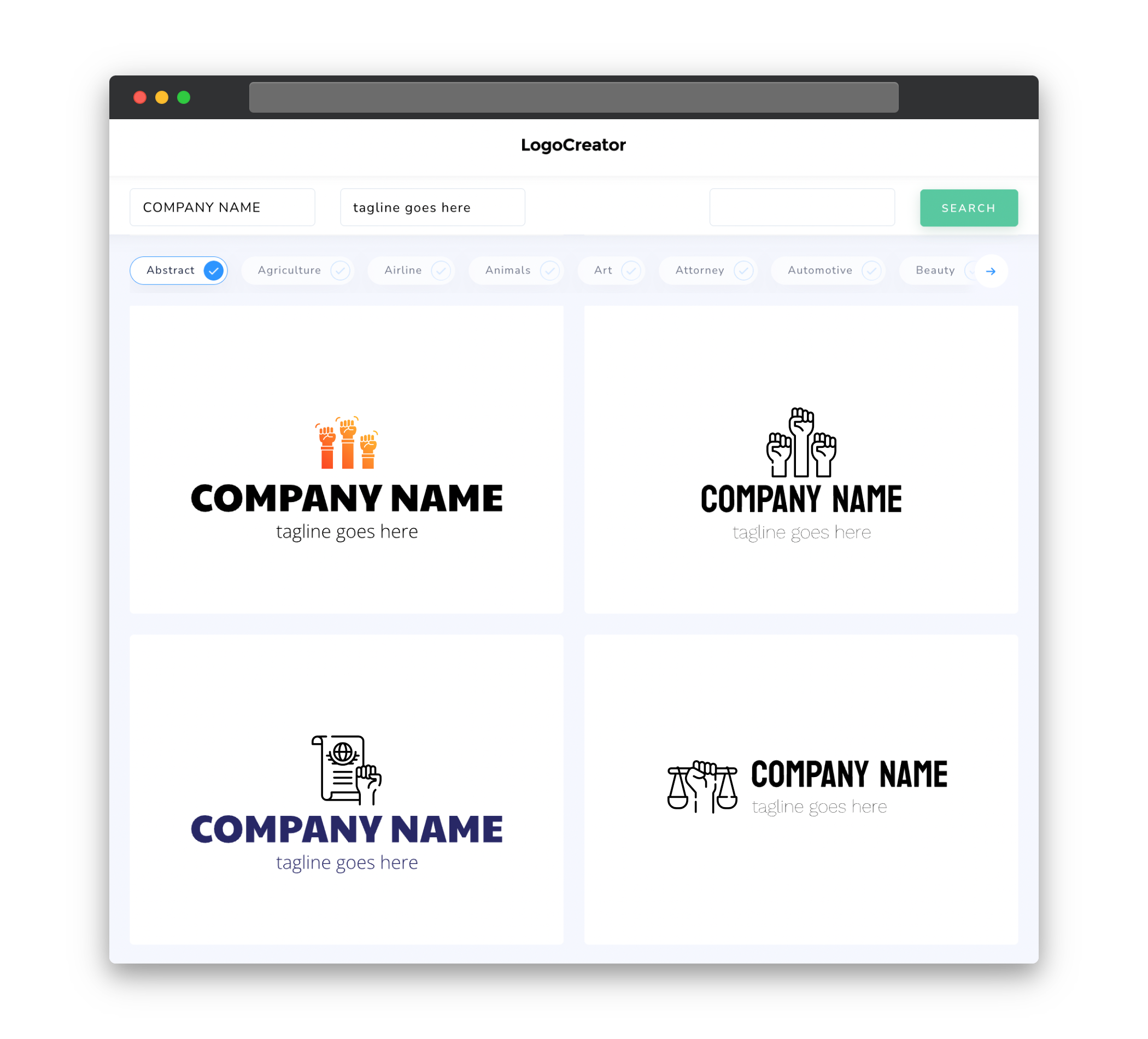Audience
When it comes to creating a powerful and impactful human rights logo, it’s important to consider your target audience. Think about who you want to reach with your message and what emotions or actions you want to evoke. Is your logo aimed at raising awareness among the general public? Or perhaps you want to inspire and unite activists who are already passionate about human rights issues. Understanding your audience will help you tailor the design elements of your logo to effectively communicate your message.
Icons
Icons play a crucial role in human rights logos, as they serve as visual representations of the values and principles you want to convey. Choose icons that are instantly recognizable, such as a heart for love, a globe for global unity, or hands holding each other for solidarity. These symbols can convey powerful messages that resonate with your audience, evoking feelings of empathy, compassion, and unity. Keep in mind that simplicity is key in logo design, so opt for icons that are clean and easily distinguishable even at small sizes.
Color
Color has the power to evoke emotions and create an immediate visual impact. When choosing colors for your human rights logo, consider the message you want to convey. For example, blues and greens can evoke a sense of calmness, harmony, and nature, while reds and yellows can symbolize passion, energy, and urgency. It’s also important to consider cultural connotations of colors, as certain colors may carry different meanings in different contexts. Ultimately, your color choice should align with your brand identity and resonate with your target audience.
Fonts
The choice of fonts in your human rights logo can significantly impact how your message is perceived. Consider using clean and easy-to-read fonts that communicate professionalism and clarity. Stay away from overly decorative or intricate fonts that may distract from your message. Sans-serif fonts like Arial or Helvetica are commonly used in modern logo design, as they convey a sense of simplicity and modernity. However, don’t be afraid to experiment with fonts that reflect the tone and personality of your organization while ensuring legibility at different sizes.
Layout
An effective logo layout ensures that your human rights message is conveyed clearly and instantly recognizable. Keep the layout simple, with clean lines and balanced proportions. You may choose to place the icon and the text side by side or stack them vertically depending on the design and context. Experiment with different arrangements to find a layout that harmoniously combines all the elements while maintaining a clear hierarchy and balance. Remember, the goal is to create a logo that instantly communicates your message and leaves a lasting impression.
Usage
Once you have created your human rights logo, it’s important to think about how it will be used across various mediums. Consider where and how your logo will be seen â on websites, social media profiles, print materials, and more. Ensure your logo is scalable and looks great in different sizes, from small icons to large banners. Additionally, make sure your logo functions well in both color and black-and-white formats, allowing for versatile usage across different platforms and applications.
Remember, your human rights logo should be a powerful and recognizable symbol that accurately represents your organization’s values and aspirations. By carefully considering your audience, icons, colors, fonts, layout, and usage, you can create a logo that effectively conveys your message and inspires positive change.



